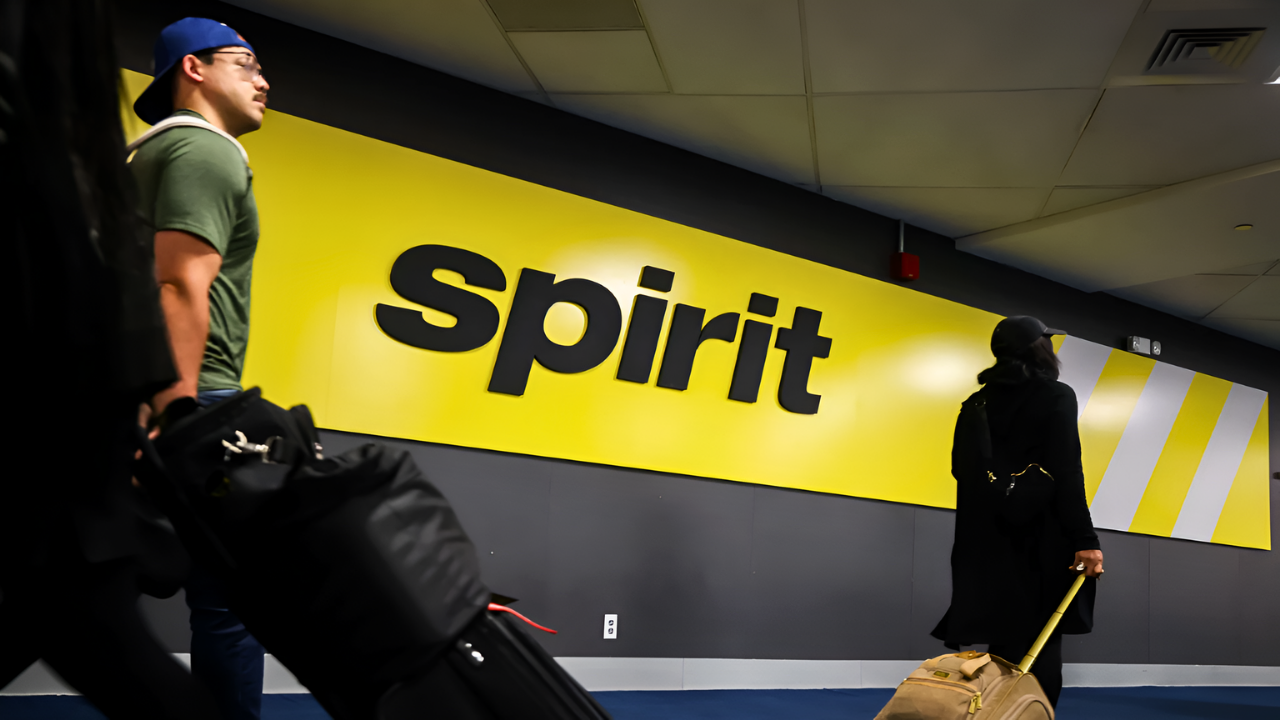
Spirit Airlines begins its most harrowing chapter yet by acknowledging “substantial doubt” about whether it can even survive. The airline reported a crushing $317.4 million quarterly loss, a warning flare that signaled just how close it is to running out of cash.
Bankruptcy courts now shape its future, leaving analysts questioning how the onetime disrupter of budget travel unraveled with such astonishing speed.
The Borrowed Time Lifeline

To stay alive, Spirit stitched together $1.2 billion in debtor-in-possession financing—money that buys time, not safety. Cash reserves sit at just $646.6 million as burn rates climb to $3.5 million per day.
Making matters worse, credit card processors, wary of a looming liquidation, began withholding up to $3 million daily. It’s a squeeze that turns each morning into a scramble for simple operational survival.
The Unthinkable Double Collapse

Spirit’s plunge became historic when it entered two Chapter 11 bankruptcies in just five months—something no major modern U.S. carrier had ever done. It’s March 12, 2025, and the restructuring erased $795 million in debt, presenting a fresh start.
However, by August 29, it was back in bankruptcy court, a sudden and swift return that left aviation experts worldwide stunned by the speed of the airline’s collapse.
The Broken Post-Emergence Reality
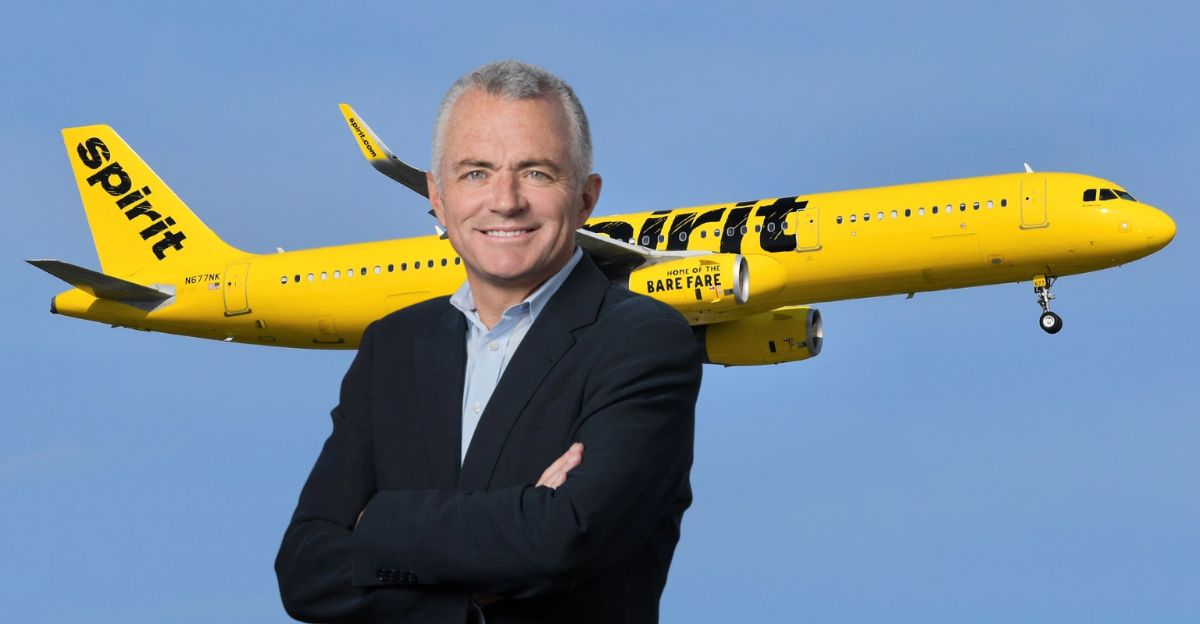
When new CEO Dave Davis stepped in this April, he discovered the airline’s so-called “fresh start” was an illusion. The demand for ultra-low-cost domestic flights has yet to rebound from early-year forecasts.
Even after shedding hundreds of millions in obligations, Spirit’s costs remained too high, its travel base too weak, and its summer schedule too under-filled to stabilize revenue. The restructuring had fixed the paperwork, not the deeper business model.
The Trap of Declining Capacity
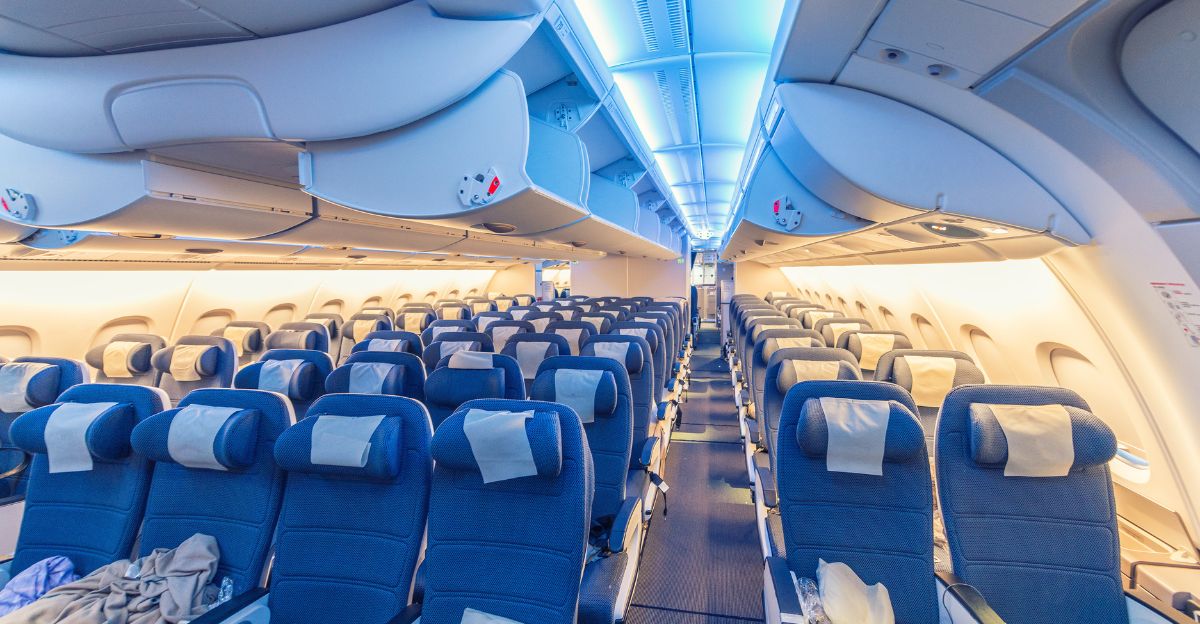
Spirit’s model depends on filling nearly every seat, every day. But when American leisure travelers pulled back sharply, the entire system broke. Planes flew half-empty, draining cash faster than fares could recover it.
Utilization sank, operating expenses swelled, and each under-filled flight became a heavier financial burden. The business built on volume suddenly faced a world where volume had vanished.
The Shrinking Fleet Crisis

The crisis forced one of the largest mass lease rejections in recent aviation history. Spirit returned more than 94 aircraft—over half its fleet—to lessors, including 27 to AerCap alone. In return, it secured just $150 million in liquidity and surrendered future Airbus deliveries.
Court documents reveal many returned jets couldn’t fly anyway; the fleet contraction didn’t just signal retreat—it exposed how deeply mechanical and financial issues intertwined.
The Pratt & Whitney Breakdown

Spirit had gambled everything on an Airbus fleet reliant on Pratt & Whitney GTF engines. When engine problems surged, the consequences were devastating. Twenty-five of the returned aircraft were already grounded, awaiting costly shop visits.
Maintenance bills ballooned and revenues shrank as aircraft sat idle. The engine crisis poured accelerant on already rising losses, pushing Spirit closer to its second bankruptcy edge.
The Merger That Never Saved Them

Spirit’s fate shifted dramatically when regulators blocked JetBlue’s $3.8 billion bid in January 2024. Antitrust officials argued that the merger would reduce competition and harm consumers—especially on routes where Spirit had driven pricing.
Without JetBlue’s financial strength, Spirit was left isolated in a weakening market. What was meant to protect consumers ultimately left Spirit without the one lifeline that might have changed its trajectory.
The Cliff in Consumer Demand
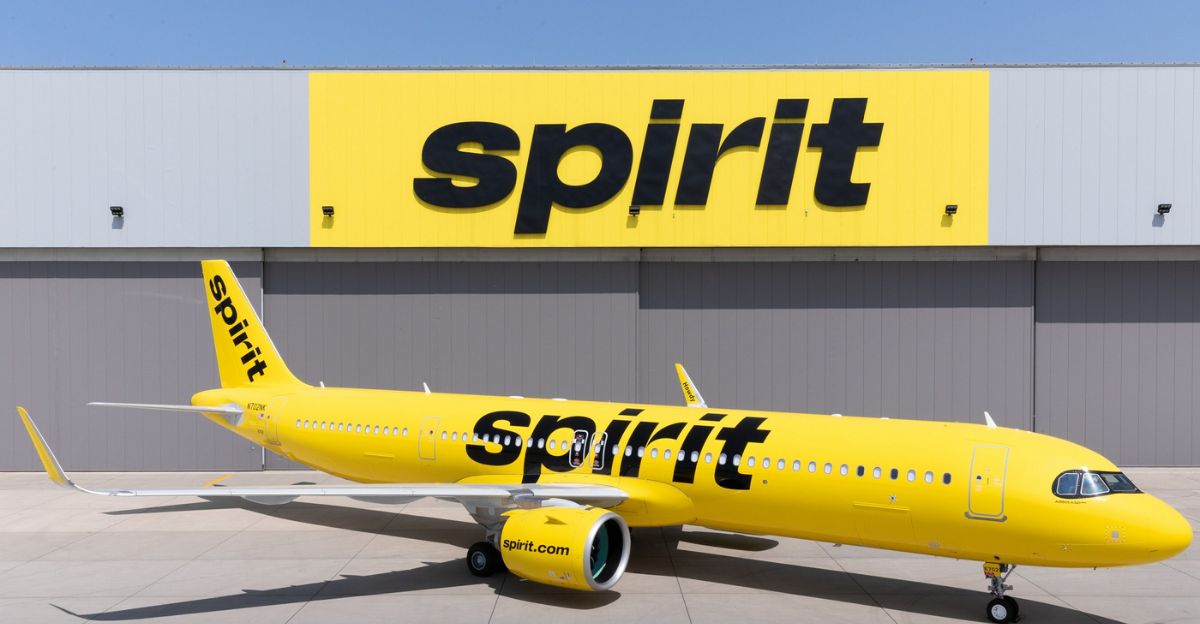
By mid-2025, U.S. demand for budget flights cratered. Economic uncertainty deepened, consumer confidence fell, and domestic travel forecasts were slashed across the industry. Spirit, the most vulnerable ultra-low-cost carrier, absorbed the hardest hit.
The price-sensitive travelers who once filled its planes disappeared almost overnight. As they vanished, so did the fragile foundation supporting Spirit’s low-fare model.
The Breaking ULCC Blueprint

Spirit long mastered a formula of cheap seats, unbundled fares, and high ancillary fees. But that model unraveled as load factors plunged. Empty seats drove per-aircraft costs dramatically higher, while attempts to raise fares barely made a dent against collapsing passenger numbers.
What once democratized air travel now buckled under the mathematical reality that low-cost flying cannot function without consistently full planes.
The Competitors Moving In

While Spirit struggled to remain airborne, rivals wasted no time filling the void. Frontier and Allegiant aggressively expanded onto Spirit’s abandoned routes, offering promotional fares to capture displaced customers.
United CEO Scott Kirby publicly predicted Spirit’s shutdown, signaling widespread industry expectations. Competitors didn’t just circle—they advanced, reshaping market dynamics as Spirit retreated.
The Weight of Massive Liabilities

Spirit’s balance sheet reveals a stark imbalance: $6.7 billion in liabilities stacked against $8.8 billion in assets. Even after converting nearly $800 million of debt to equity, expenses soared as reorganization costs mounted.
The debt-to-earnings trajectory became mathematically impossible to overcome. Each quarter deepened the financial pit, leaving Spirit unable to envision any path to long-term profitability.
The Brutal Math of Cash Burn

Each day, Spirit lost roughly $3.5 million. Annualized, the losses streaked toward $1.3 billion—numbers no fare strategy could counteract. The airline tested fare adjustments and revenue tweaks, but none came close to offsetting the decline in passenger numbers.
The formula that once made Spirit profitable now locked it into an unsustainable downward spiral.
The Courtroom Tightrope

Spirit’s survival now hinges on decisions made far from runways. Bankruptcy Judge Sean Lane must approve nearly every operational change—from aircraft returns to financing terms. Routine business choices have become courtroom deliberations.
A single major creditor objection could force liquidation. Spirit’s future no longer sits in corporate boardrooms but in legal arguments determining whether the airline can continue flying at all.
The Question of Survival

Even Spirit’s management admits the outlook is grim. Cost cuts, labor renegotiations, and route exits were designed to buy more time, but not enough time to guarantee survival. The airline continues signaling that its efforts may merely delay the inevitable.
The phrase “substantial doubt” isn’t just regulatory language—it’s a clear statement that extinction is a real and imminent threat.
The Shockwaves Ahead

If Spirit collapses entirely, the effects will ricochet through American air travel. Fares could rise as competition declines, regional airports may lose service, and the nation’s most price-conscious passengers could face dramatically fewer options.
The disappearance of Spirit wouldn’t just rewrite route maps—it could permanently shift U.S. domestic pricing power back toward legacy carriers.
The Human Cost on Workers
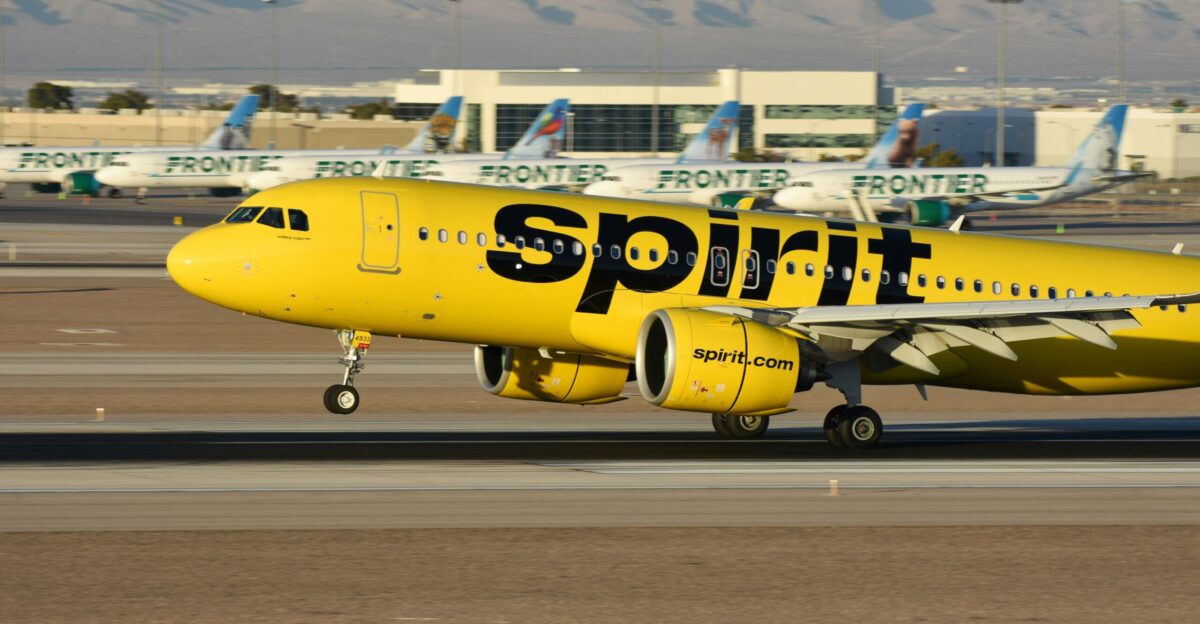
Behind every financial disclosure are thousands of employees bracing for upheaval. Pilots, flight attendants, mechanics, and support staff face furloughs, reduced pay, or outright job losses. Many of these cuts were required to secure additional DIP financing.
Union leaders warn that liquidation remains a real possibility. For workers, the crisis isn’t theoretical—it’s deeply personal and economically destabilizing.
The Passengers Left Wondering

Millions of travelers holding Spirit tickets now worry about canceled flights and lost credits. Bankruptcy protections offer little reassurance; vouchers and reservations could disappear entirely if the company undergoes liquidation. For working families relying on low-fare travel—especially during holiday periods—the uncertainty looms over months-old plans.
Spirit’s instability leaves passengers in limbo, hoping the next announcement isn’t their trip disappearing.
The ULCC Era Reaches a Crossroads

Spirit’s potential downfall marks a turning point for ultra-low-cost flying in America. For nearly two decades, the ULCC model expanded access to air travel, following the Ryanair-style blueprint that brought millions into the skies.
With Spirit shrinking and only Frontier and Allegiant still fully committed to the model, the future of budget aviation faces profound questions about long-term sustainability.
The Final Weeks of Uncertainty
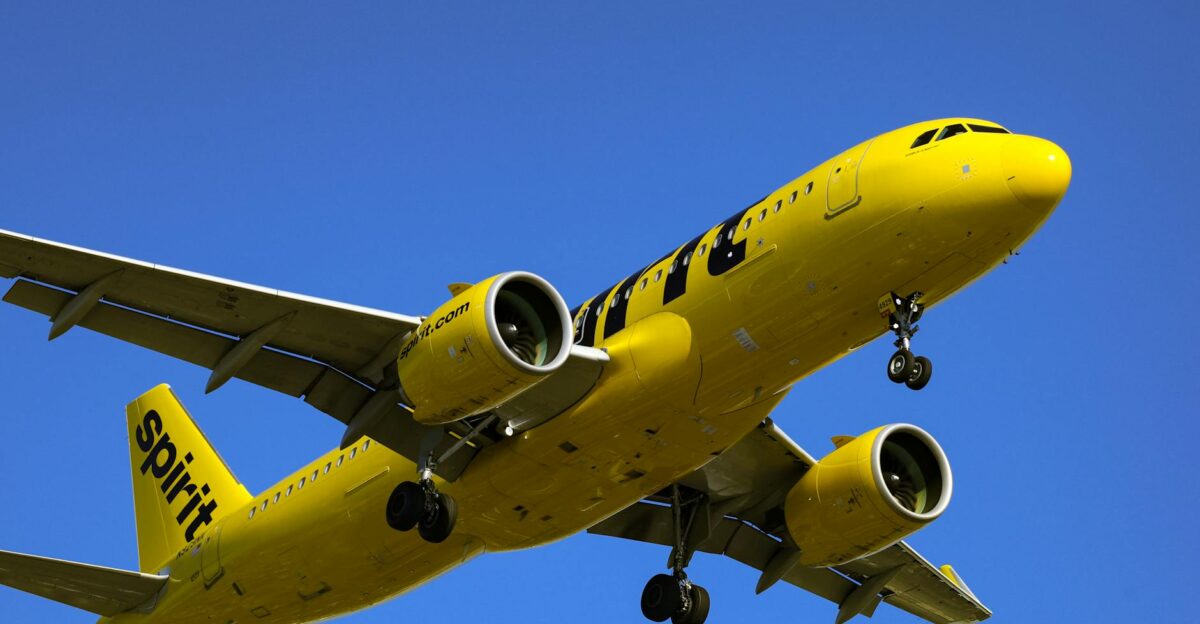
As December 2025 approaches, Spirit is operating on borrowed time, borrowed planes, and borrowed money. Its survival depends on securing more financing, renegotiating leases, and somehow reigniting passenger demand before cash reserves disappear.
When executives admitted “substantial doubt,” they revealed the truth: this is no longer just turbulence. It’s an airline racing the clock, trying to determine whether budget travel still has a place in America’s skies.